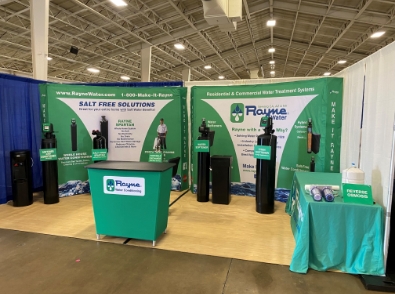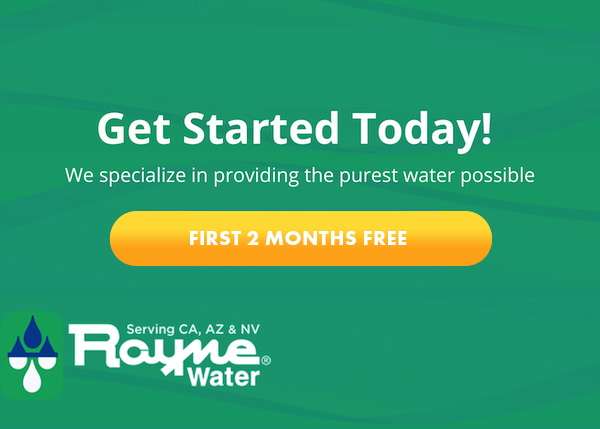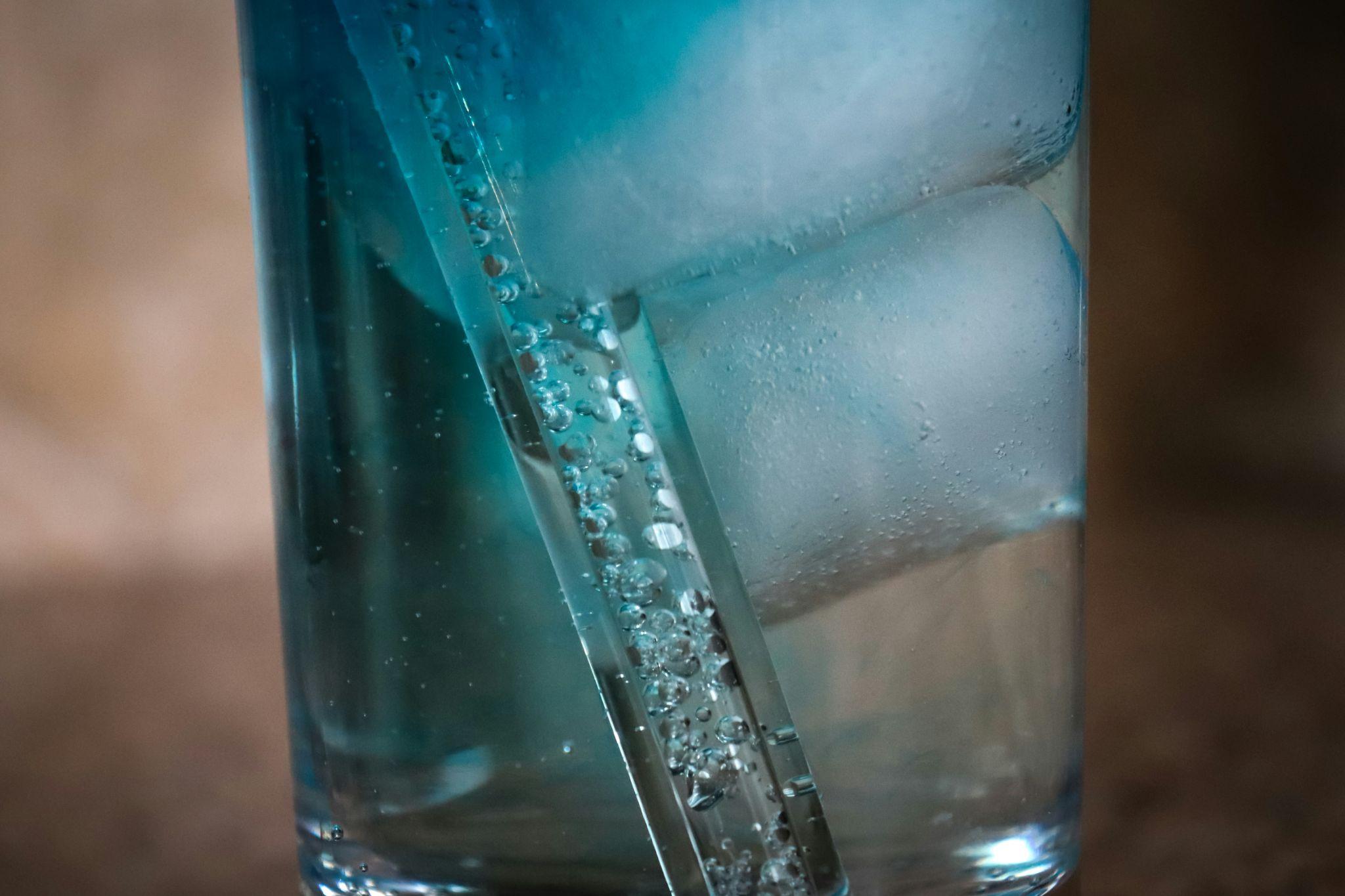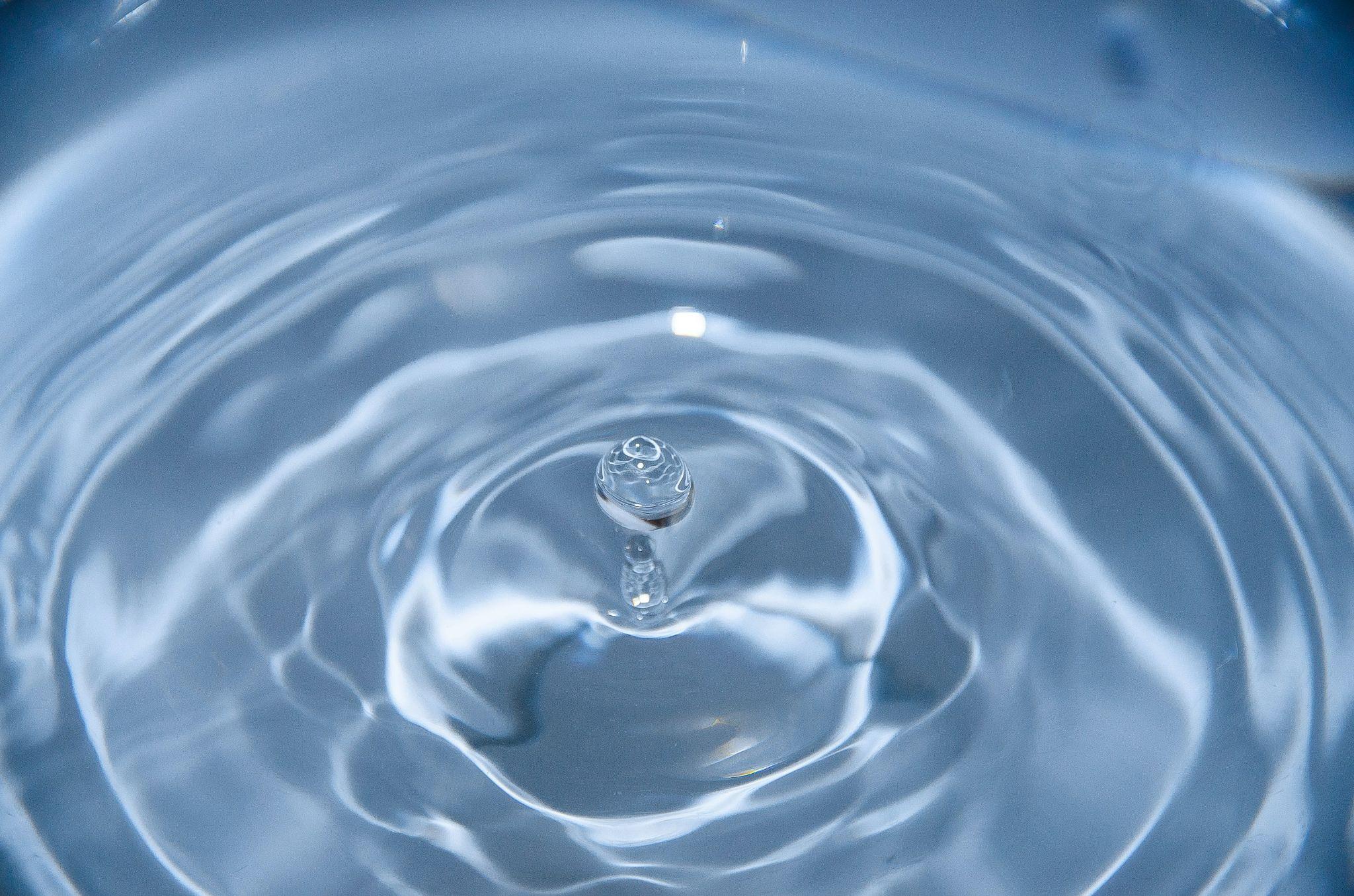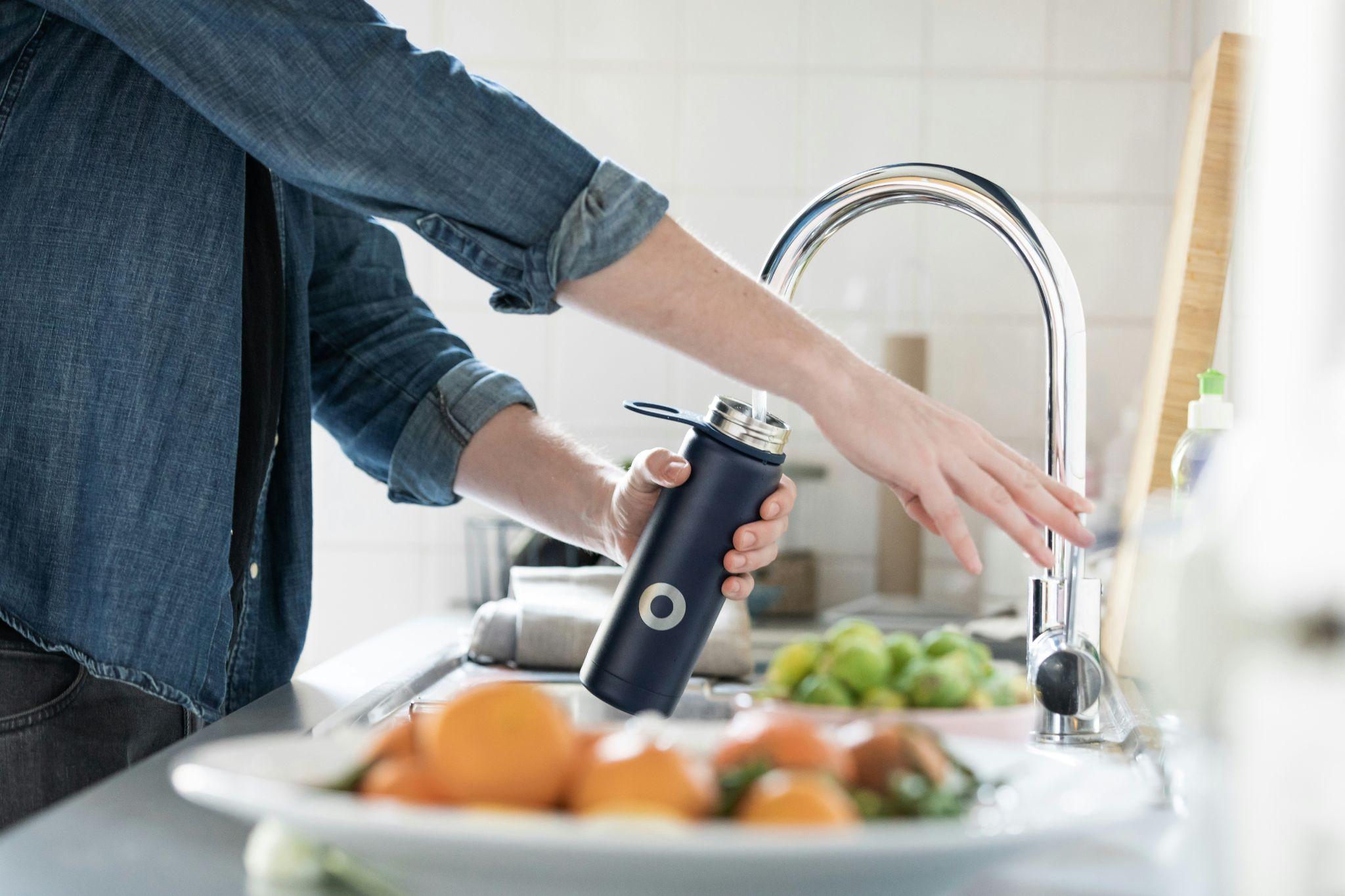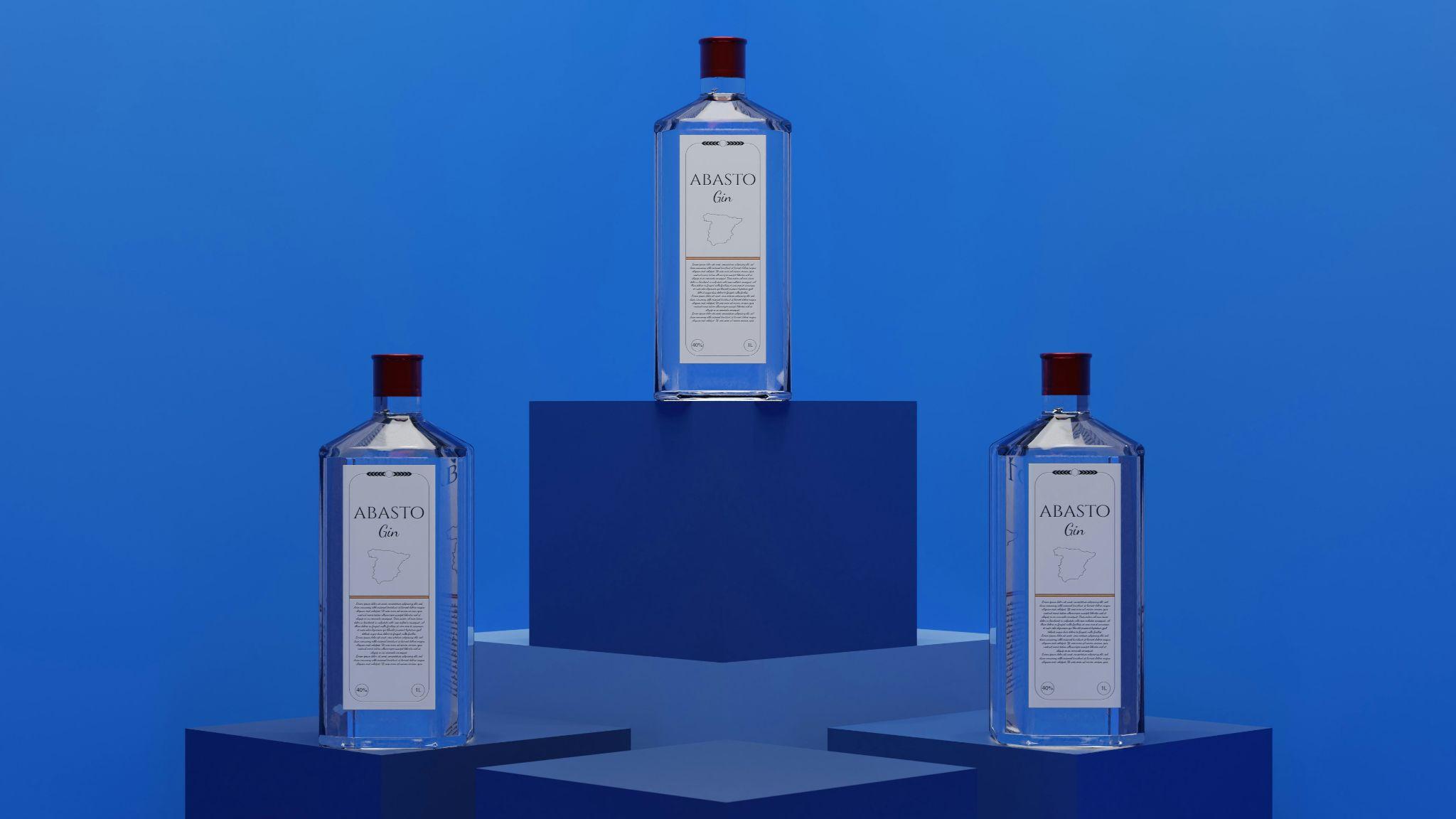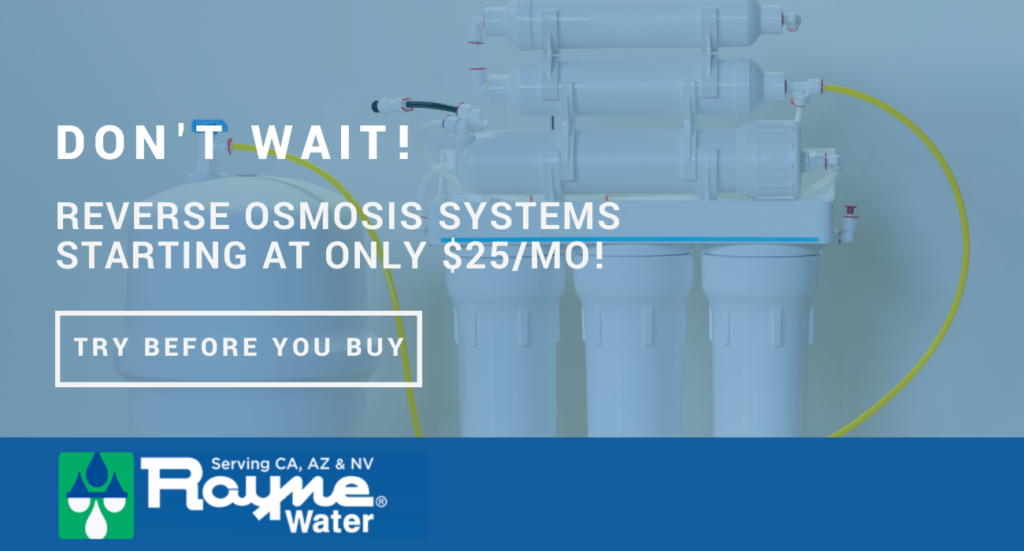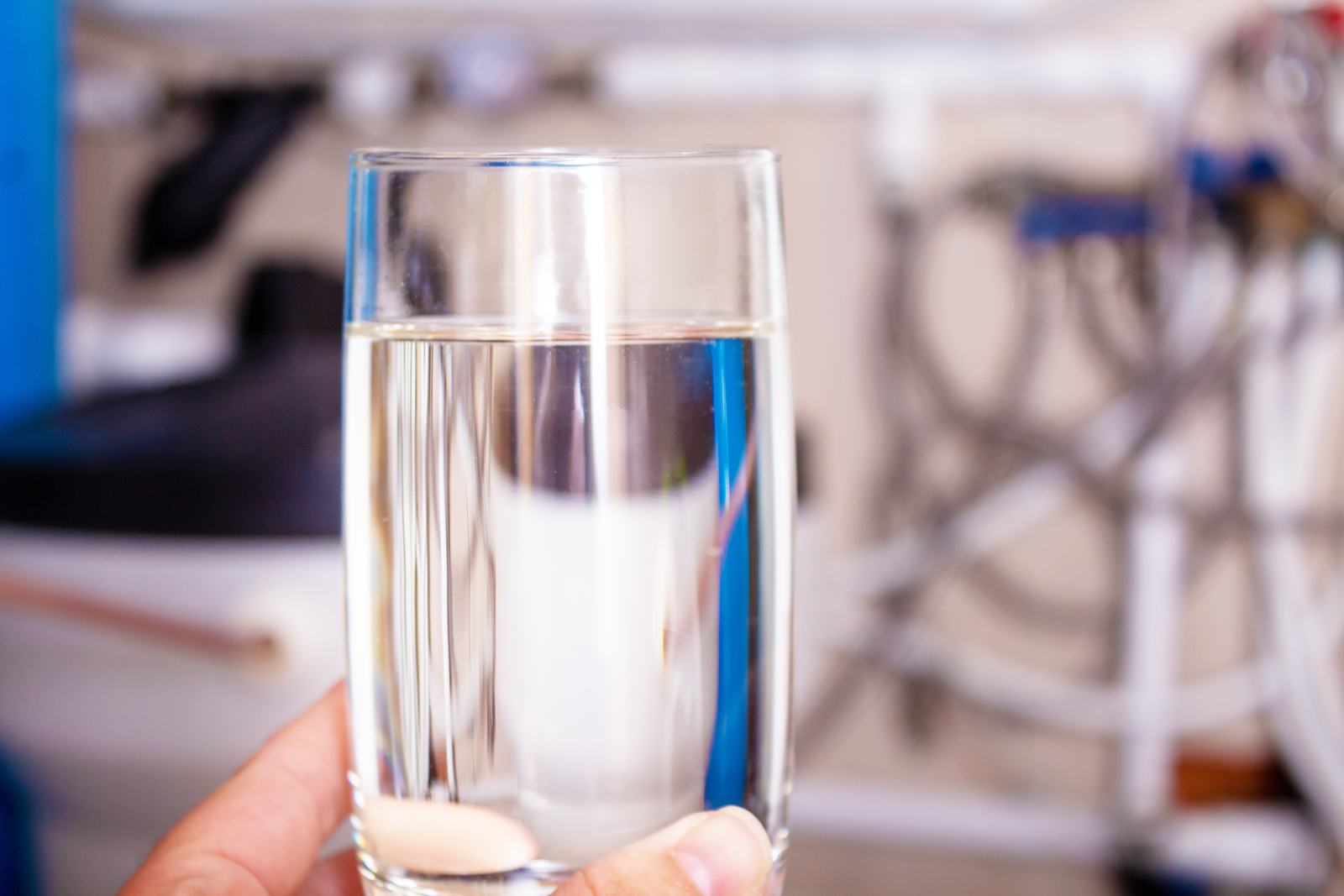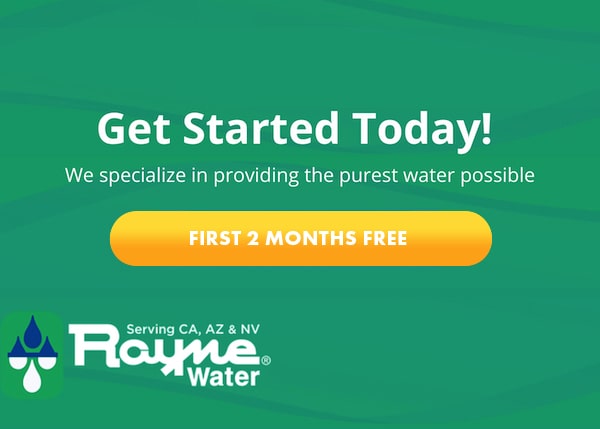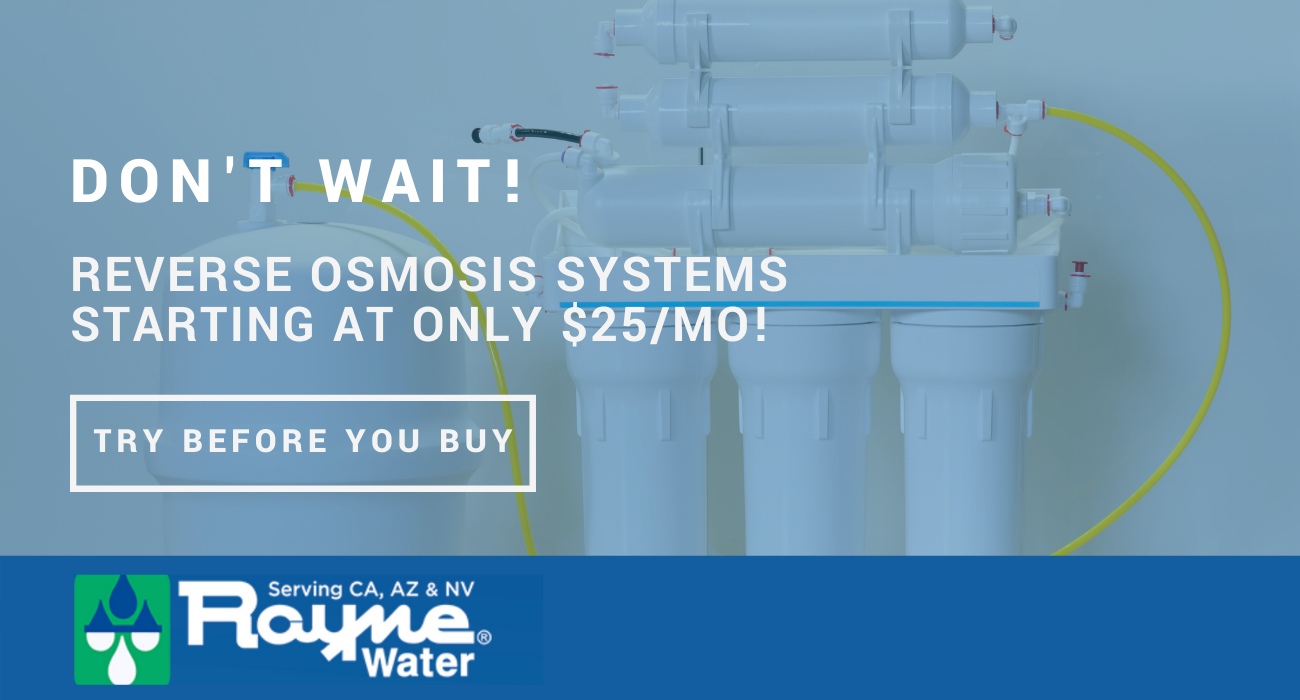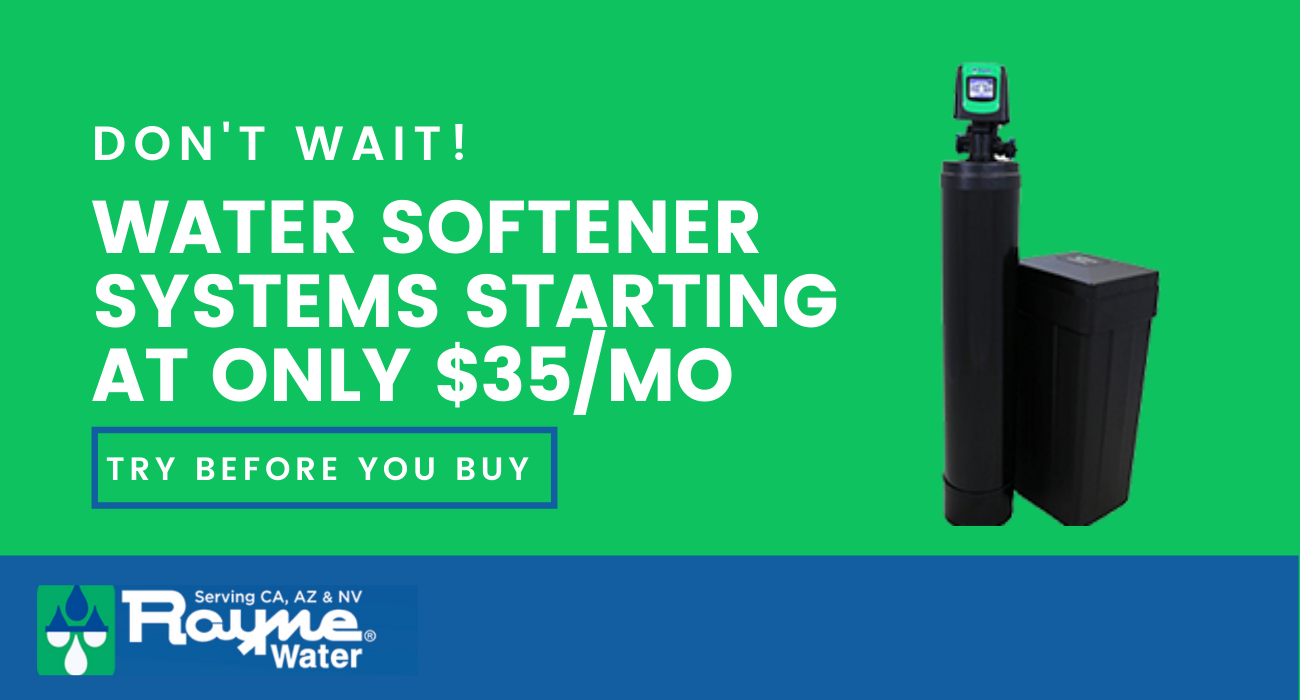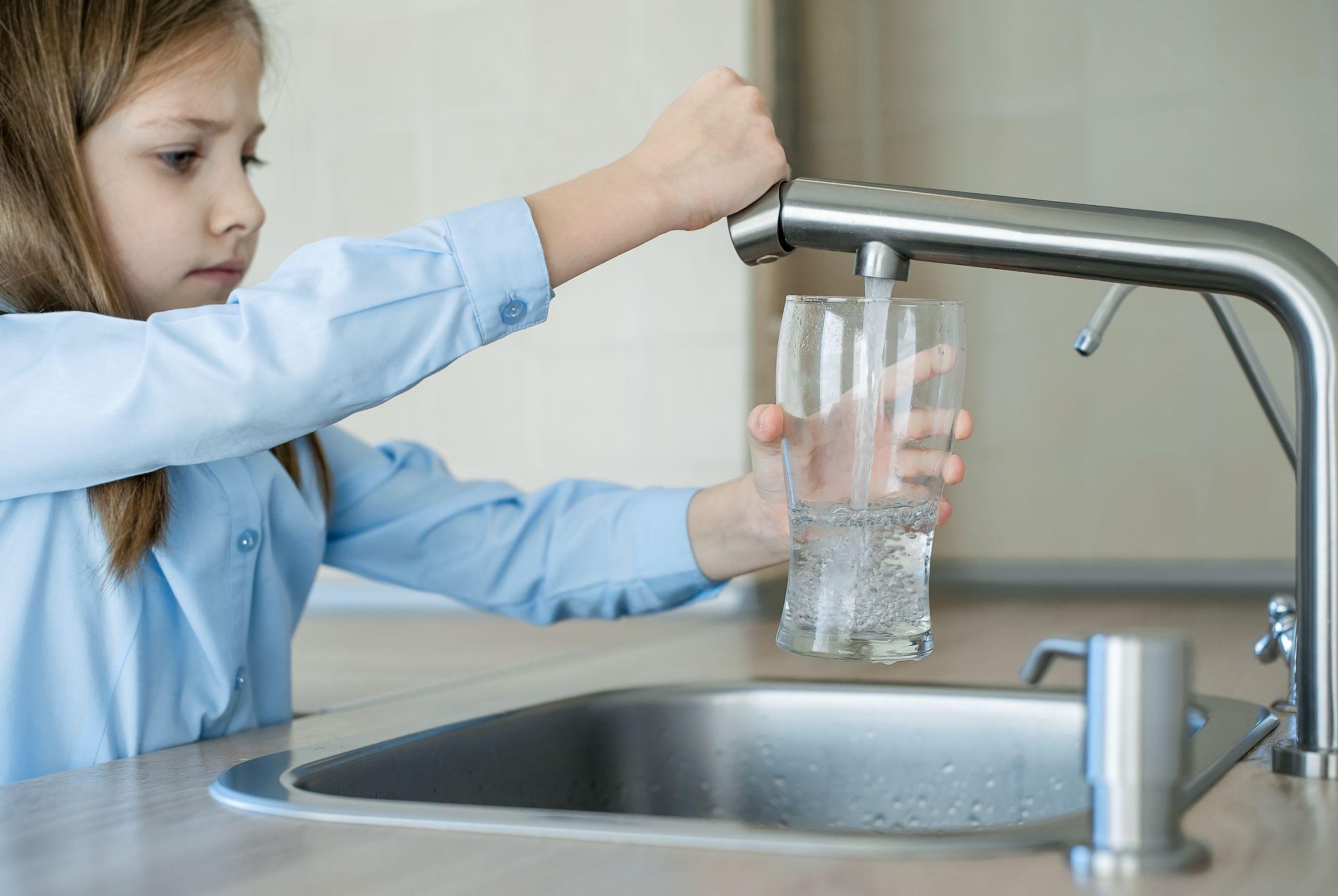
Every glass of water matters when it comes to your family’s health, your home’s longevity, and the taste of what you drink. The question “Is San Diego tap water safe to drink?” often comes up in conversations between careful homeowners and parents who want the best for their kids.
With local news reporting on water quality and neighbors sharing tips about filters, many families and business owners are left wondering if their tap water is truly as clean and healthy as it should be.
Rayne Water covers what you need to know about water in the city. What’s in it, why it sometimes tastes or smells off, the real risks, and how a water filter for San Diego water systems can help you protect your health and your investment at home.
We will also break down the pros and cons of drinking straight from the tap, plus how to choose the best water filtration system San Diego has to offer.
Key Takeaways
- Is San Diego tap water safe to drink? Yes, to an extent. But taste, odor, and minor contaminants are common concerns for many households.
- Choosing the best water filtration system San Diego has to offer protects your family, appliances, and even your garden by reducing chlorine and hard minerals in every drop
- Investing in water filtration delivers long-term savings, greater peace of mind, and a more enjoyable experience in the kitchen and bath.
- Local tap water contains chlorine, minerals, and sometimes trace contaminants that can affect taste and home plumbing.
- The right water filtration in San Diego adds an extra layer of safety and improves taste, especially for those with sensitivities or health concerns.
What’s in San Diego Tap Water?
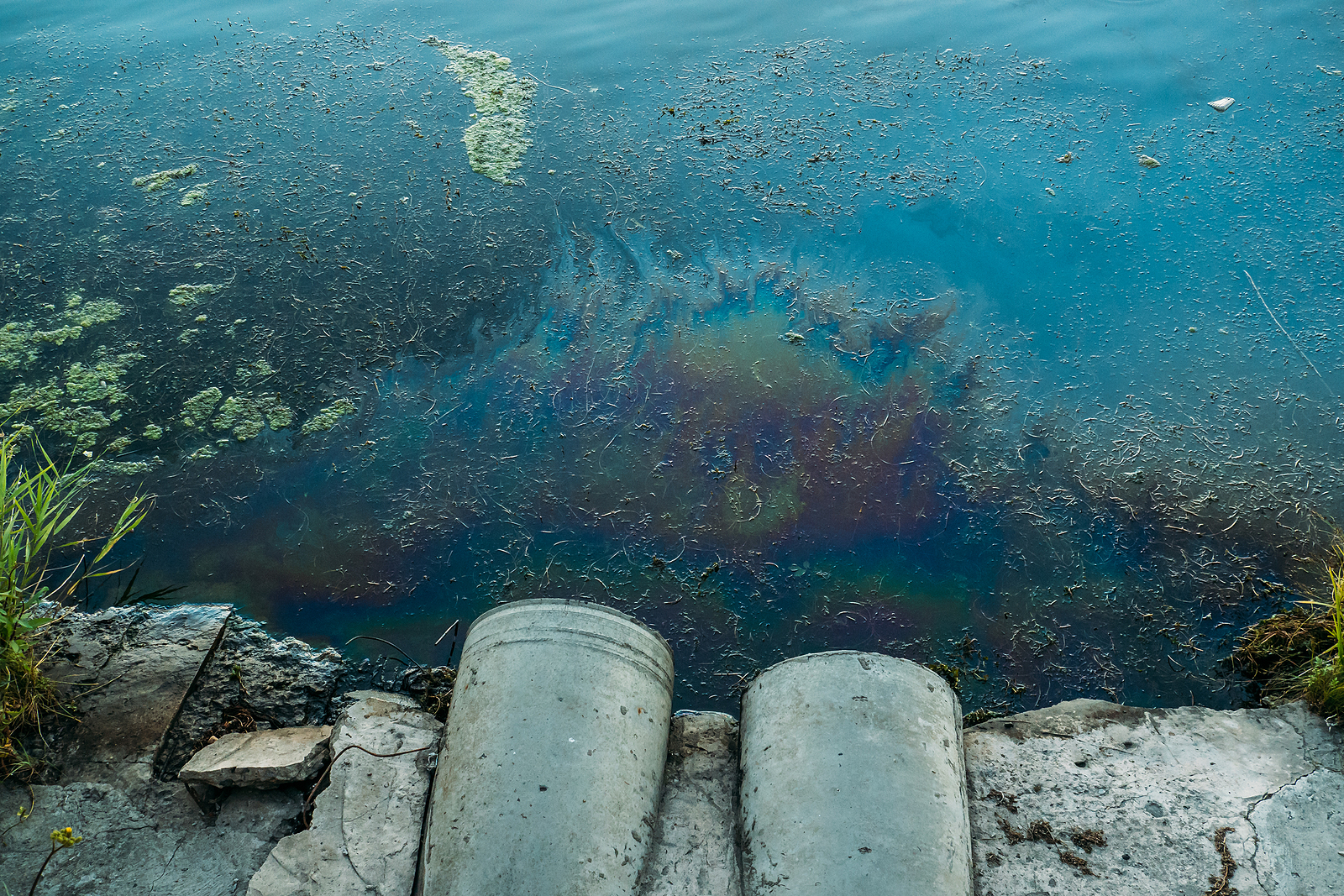
City tap water arrives after traveling a complicated path, originating in local reservoirs, the Colorado River, and even the Sierra Nevada snowmelt, then moving through miles of pipes and treatment plants. Along the way, it picks up a mix of substances.
Chlorine and chloramines are added to kill bacteria and keep the supply safe during transport. Fluoride helps protect dental health, especially for kids.
Calcium and magnesium come straight from the region’s natural geology and are responsible for that classic “hard water” feel, think soap scum, spotted glasses, and dry skin. While the water passes strict EPA testing, trace contaminants like lead, nitrates, and even pharmaceutical byproducts can sneak in, especially in areas with older plumbing or after heavy rains.
For sensitive palates, earthy or metallic tastes and chemical odors can be hard to ignore, and many notice mineral residue on kettles and sinks. Babies, older adults, and anyone with health concerns may be more affected.
Curious about your neighborhood’s water? The San Diego Water Quality Report breaks down the numbers for every area of the city.
Source: San Diego Government
Is San Diego Tap Water Safe to Drink?
On paper, the city’s tap water passes all state and federal tests. Utility workers monitor for bacteria, lead, and harmful chemicals every day. Still, the question is San Diego tap water safe to drink lingers, especially when that water makes its way through decades-old pipes or picks up an odd flavor by the time it reaches your glass.
Some homes have plumbing that can introduce tiny amounts of metals or residues. Others notice:
- Unusual smells: Chlorine, mustiness, or even sulfur after a heavy rain
- Off-tasting water: Metallic, earthy, or bitter notes, especially in older neighborhoods
- Residue in appliances: White scale in kettles, film in coffee pots, or chalky deposits in humidifiers
- Sensitive skin issues: Kids and adults with allergies often react more to tap water
For babies, seniors, or anyone with a sensitive immune system, a little extra caution goes a long way. Water quality reports are a great start, but they don’t always reveal what happens inside your own pipes. When taste, odor, or residue persist, adding a filter gives you peace of mind that goes beyond a simple safety check.
Pros and Cons of Drinking Tap Water Straight from the Faucet
| Pros of Drinking Tap Water | Cons of Drinking Tap Water | |
| Safety & Testing | Regularly tested for bacteria, lead, and regulated chemicals by the city’s water utility. | Trace contaminants (like lead or nitrates) can enter through aging home pipes, especially in older areas. |
| Cost | Tap water costs just pennies per gallon, much less than bottled water or delivery. | Unexpected plumbing issues or buildup may lead to higher appliance repair or replacement costs. |
| Convenience | No need to haul or store heavy bottles; just turn on the tap for instant access, day or night. | Some residents notice slow faucet flow or white mineral deposits on fixtures, especially after repairs. |
| Minerals | Natural minerals like calcium and magnesium support bone health and help flavor water for many people. | Hard water minerals can cause spotted dishes, dry skin, and faded laundry; taste is not always pleasant. |
| Environmental Impact | No plastic waste or delivery emissions; tap water is the greener option. | Chlorine and treatment byproducts can affect local water taste and may cause odor during certain months. |
| Who Should Drink | Safe for most healthy adults and teens, especially when home plumbing is up to date. | Babies, seniors, or those with health issues may need filtration for extra peace of mind. |
Tip: If you notice persistent taste, odor, or residue, even the most regulated tap water can benefit from filtration for taste and added protection.
Should You Use a Water Filter in San Diego?
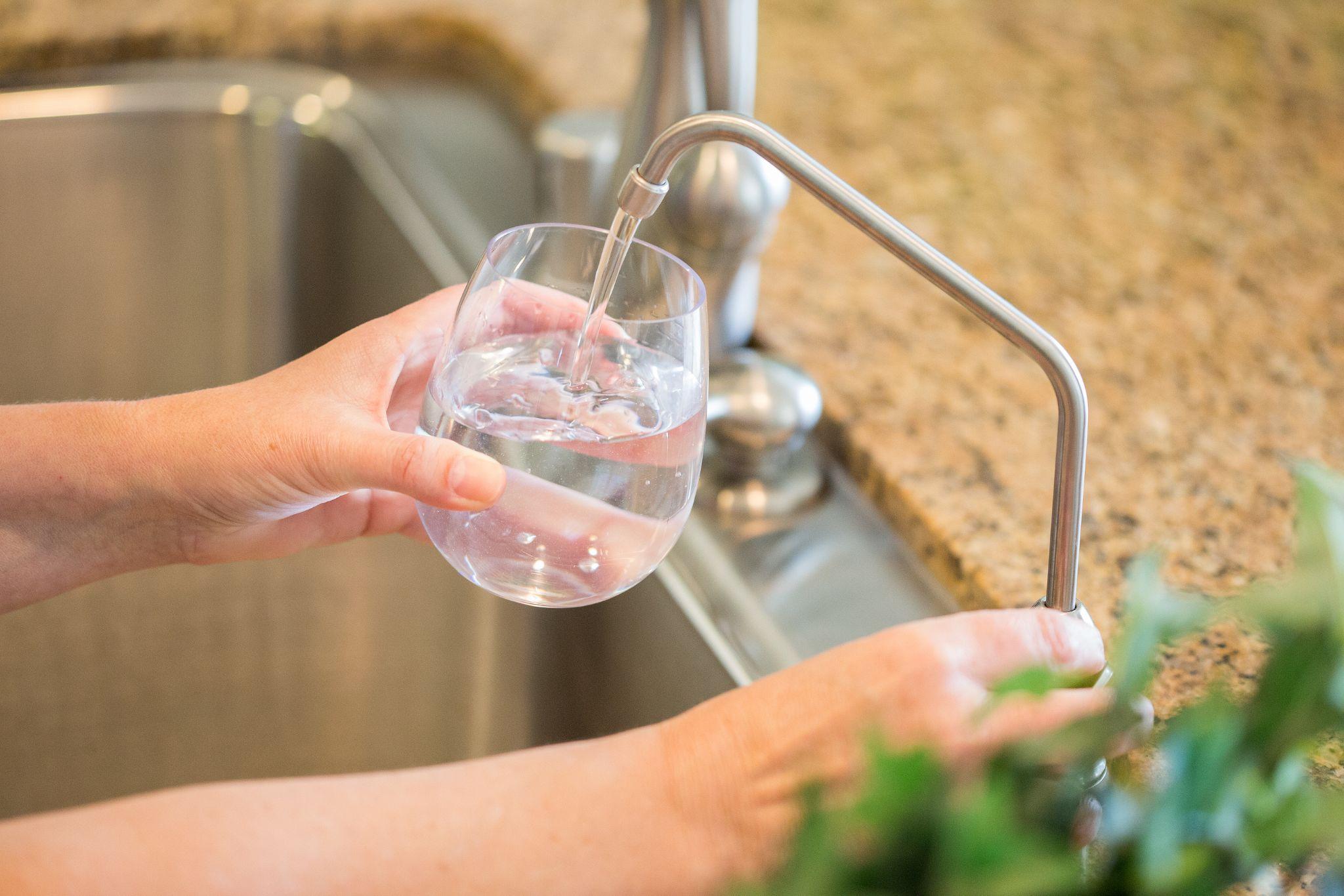
Yes, using a water filter provides added protection and better taste, even when city water meets all legal standards.
Many households install filters because tap water can pick up chlorine, minerals, and trace contaminants as it travels through miles of pipes and aging infrastructure.
Popular types of water filters include:
- Reverse osmosis systems: Remove a wide range of dissolved solids, bacteria, and even tough contaminants like lead and nitrates. Great for both drinking and cooking.
- Activated carbon filters: Trap chlorine, bad odors, pesticides, and organic chemicals, making water taste and smell cleaner.
- Whole-home filtration systems: Treat all the water entering your house, protecting every tap, shower, and appliance from scale and residues.
A filter delivers peace of mind, softer skin, and sparkling glassware, while also protecting plumbing and appliances.
Pro tip: Combine filtration with water testing to target the specific issues in your home.
Benefits of Using a Water Filtration System
1. Cleaner, Better-Tasting Water Every Time
A water filtration system transforms tap water into something you look forward to drinking.
Hard minerals, chlorine, and chemical byproducts often give tap water a harsh taste or strange smell. With a water filter for San Diego homes, those unpleasant notes disappear. Your family will notice a crisp, fresh flavor in every glass.
Coffee and tea may taste richer, ice cubes look clearer, and you may find yourself reaching for tap water instead of bottled.
This daily upgrade makes hydration easy, supports a healthier lifestyle, and encourages kids to drink more water. Cleaner water also improves cooking and baking, so every meal and recipe starts on the right note.
2. Healthier Water for Your Family
Clean water is essential for health, and a water filtration system supports every member of your household.
By removing chlorine, pesticides, bacteria, and trace metals, filters help keep your water safe for everyone, including infants, seniors, and anyone with allergies or sensitive skin.
Peace of mind is priceless when you know your drinking water meets a higher standard.
Those with health concerns or compromised immune systems gain extra protection with every sip, bath, and meal. Making the switch to filtered water is one of the simplest, most effective ways to put your family’s well-being first.
3. Protects Appliances and Plumbing
Minerals and scales in unfiltered tap water can clog pipes, coat heating elements, and reduce the efficiency of dishwashers, washing machines, and water heaters.
Over time, this buildup leads to frequent repairs and higher utility bills. Installing the best water filtration system San Diego offers shields for your appliances and plumbing.
You will see fewer breakdowns, better water pressure, and longer-lasting equipment. Protecting your home from mineral deposits and corrosive chemicals means saving money and hassle year after year.
4. Softer Skin and Shinier Hair
Filtered water makes a real difference for skin and hair, especially in areas where hard minerals and chlorine are common in the tap.
- No more dryness: Chlorine and mineral buildup often leave skin dry, flaky, or even itchy after a shower. Filtration removes these irritants, helping your skin retain natural moisture.
- Better for sensitive skin: Children and adults with eczema, allergies, or sensitive skin usually see fewer flare-ups and irritations.
- Noticeably softer hair: Hair feels less brittle, looks shinier, and stays manageable. Shampoo and conditioner rinse out easily, so there’s no residue weighing hair down.
- Improved lather: Soap and shampoo foam up more, cleaning better with less product. Saving money and making each bottle last longer.
- Comfort in every shower: Showers feel fresher, more soothing, and you step out feeling genuinely clean instead of tight or itchy.
Enjoying softer skin and shinier hair with every shower is a daily reminder of the value a water filtration system brings to your family’s comfort and confidence.
5. Reduced Need for Bottled Water
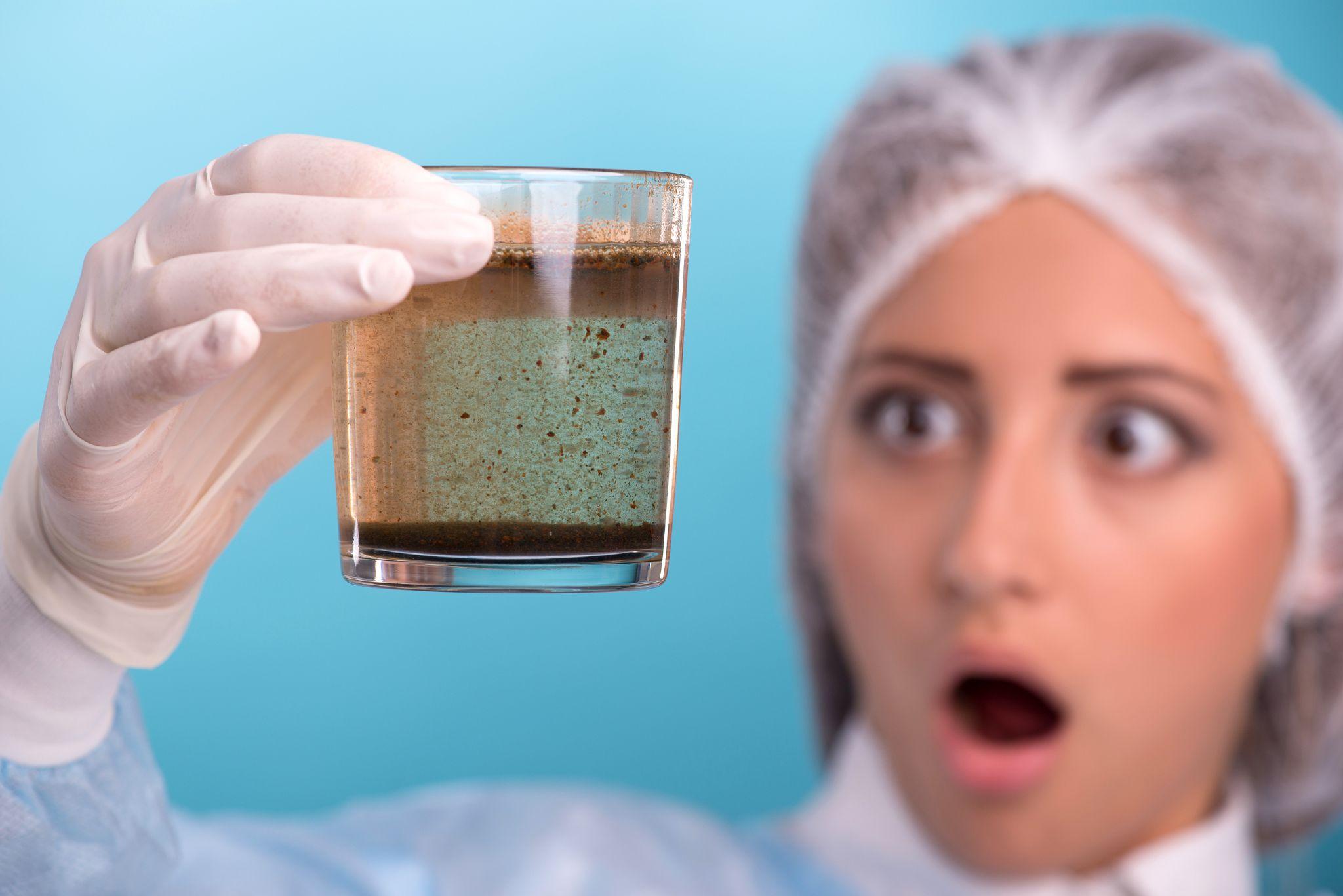
A water filtration system not only upgrades what comes out of your tap. It transforms your habits and helps the environment.
- No heavy lifting: Skip the trips hauling bulky water bottles or cases every week. Just fill a glass or bottle at the sink.
- Cleaner taste at home: Filtered tap water tastes great, so you drink more and reach for single-use bottles less.
- Eco-friendly living: Reduce plastic waste by thousands of bottles a year, lowering your family’s impact on landfills and oceans.
- Saves money: Eliminate the ongoing cost of bottled water. Over time, this adds up to hundreds of dollars in savings for most families.
- Convenient for everyone: Kids, guests, and visitors can always grab a glass of clean water, whether for hydration, lunchboxes, or sports.
With a water filter for San Diego homes, you take a small step that has a big impact, better water for your family and a cleaner planet for everyone.
6. Long-Term Savings
Choosing a water filtration system creates steady financial benefits for every household.
Over time, filtered water reduces the wear and tear that hard minerals and chemicals inflict on dishwashers, water heaters, washing machines, and even your coffee maker. By keeping pipes clear and appliances free of scale, your machines run smoothly and rarely need repairs or early replacement.
Water heaters stay efficient, so you see real drops in your energy bills, especially during high-use months.
Many families are surprised by how much they save when they stop buying bottled water or cut back on cleaning products needed to fight soap scum, glass spots, and limescale on faucets. Routine plumbing emergencies become rare, and expensive fixes drop off your yearly budget.
For those who invest in the best water filtration system San Diego can offer, the payoff shows up quickly. Peace of mind, fewer unexpected costs, and more money left in your pocket, all while enjoying cleaner, safer water every day.
Source: How Stuff Works
7. Peace of Mind with Trusted Solutions
With so many news stories and questions online, like ” Is San Diego tap water safe to drink?” a trusted water filtration provider becomes an essential ally.
Rayne Water has helped local families and businesses enjoy safe, reliable water for decades. You get expert guidance, proven technology, and ongoing support. Knowing your water is protected lets you focus on the things that matter, family dinners, kids’ baths, and enjoying your home. And all without worry or guesswork.
What Will You Do Next About Your Drinking Water?
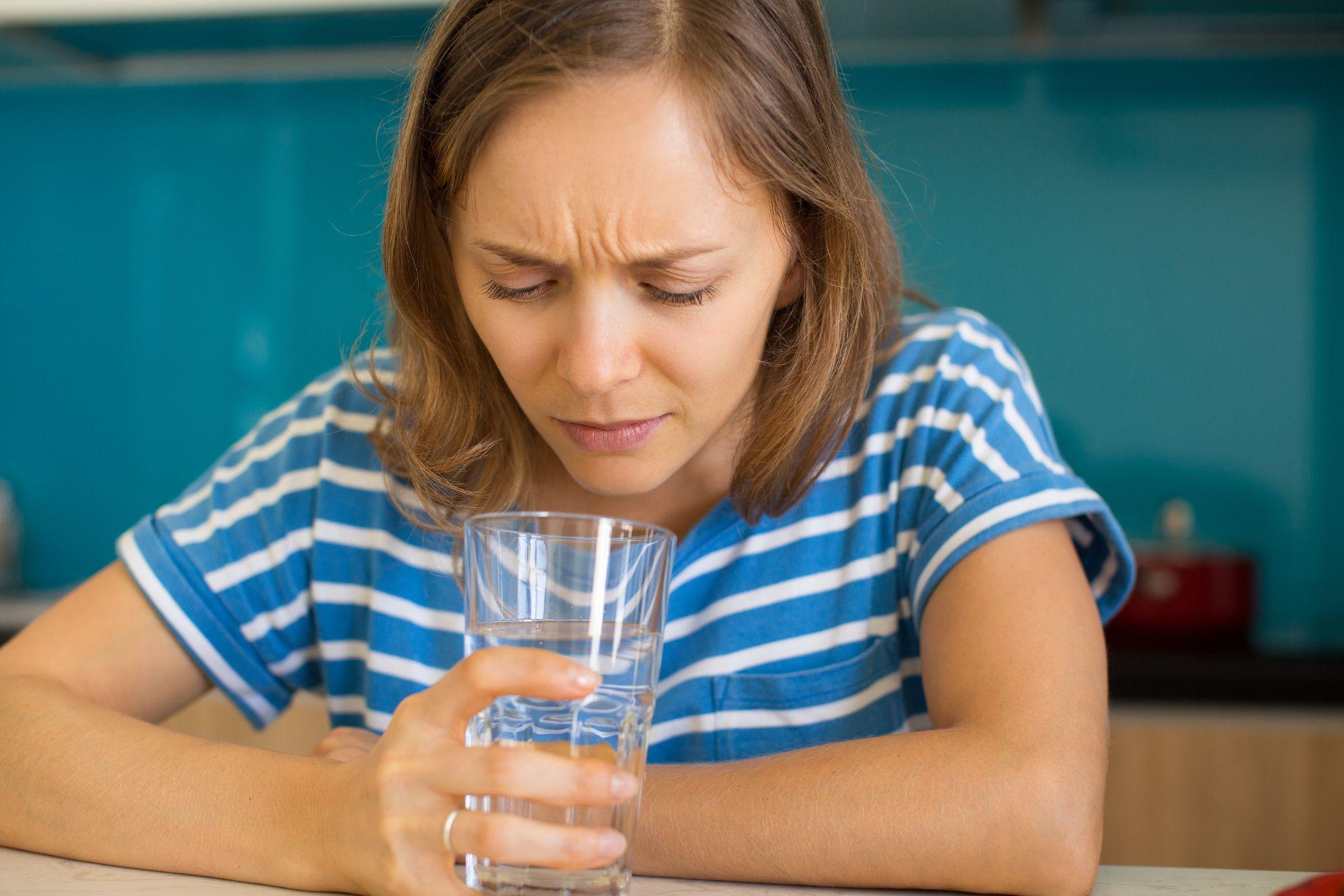
While the official answer to “Is San Diego tap water safe to drink?” is yes, real peace of mind often means taking an extra step. Filters improve taste and safety, help your appliances last longer, and take the guesswork out of what you and your family drink.
If you want water that truly tastes and feels clean, the best solution is a San Diego water filter.
Rayne Water stands ready to help you find the right solution, whether you need whole-home protection or a simple drinking water upgrade.
Contact Rayne Water now for the right water filtration solution.
FAQs
1. Why does my tap water sometimes smell like chlorine or taste metallic?
San Diego treats water with chlorine and chloramines to keep it safe as it travels through pipes.
However, these disinfectants can leave behind a strong smell or aftertaste, especially if your home has older plumbing. Metallic flavors may come from trace minerals or even small amounts of lead and copper leaching from pipes.
Installing a water filter for San Diego homes removes these chemicals and improves taste, ensuring your drinking water is fresh, clean, and free of unpleasant odors or metallic notes, right at the tap.
2. Will a water filter help with hard water stains and scale on my appliances?
Absolutely. Hard water in San Diego contains high levels of calcium and magnesium, which leave chalky deposits on faucets, glassware, coffee makers, and inside pipes. The best water filtration system San Diego families use typically removes these minerals, stopping new buildup and making cleaning easier.
You’ll notice shinier fixtures, less scrubbing, and longer-lasting appliances.
Your water heater, dishwasher, and laundry machine will all run more efficiently and need fewer repairs, saving you money and hassle.
3. Is it safe to use unfiltered tap water for cooking and baby formula?
City tap water meets safety regulations, but trace contaminants and disinfectant byproducts can still slip through, especially in neighborhoods with aging pipes. Babies, children, and anyone with immune sensitivities benefit from an added layer of water filtration in San Diego.
A certified filter removes chlorine, lead, and other impurities, making water safer for preparing food, baby formula, and coffee. Many parents notice an improved taste in drinks and peace of mind when they use filtered water for every recipe.
4. How do I know which water filtration system is best for my home?
Choosing the best water filtration system San Diego offers starts with a water test, which shows what’s actually in your tap. Some homes only need a simple under-sink filter, while others benefit from a whole-house system or reverse osmosis unit.
Consider your family’s size, sensitivity to taste or health issues, and appliance needs.
Rayne Water experts help you interpret results and select a solution tailored for your specific plumbing, lifestyle, and long-term savings goals.
5. Can filtered water really save money compared to buying bottled water?
Definitely. While a filtration system requires an upfront investment, families save hundreds each year by cutting out bottled water and reducing appliance repairs.
Water filtration in San Diego also means you spend less on cleaning supplies and avoid the hassle of hauling and recycling plastic bottles. The convenience, improved taste, and environmental benefits make filtration a smart choice for your budget and your family’s health. Over time, the system pays for itself while you enjoy fresh, pure water every day.

